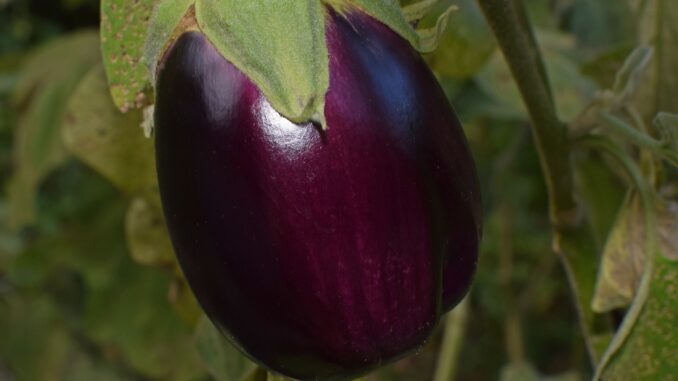

by Laurel Aiello | Fort Collins Nursery
Everyone has their favorite vegetables: carrots, cucumbers, bell peppers, and tomatoes usually make the list. Others aren’t so fortunate, piling up on the edge of the plate as a fork fishes them away from their friends. However, some of these vegetables have more potential than we give them credit for, and it’s time to give them a shot.
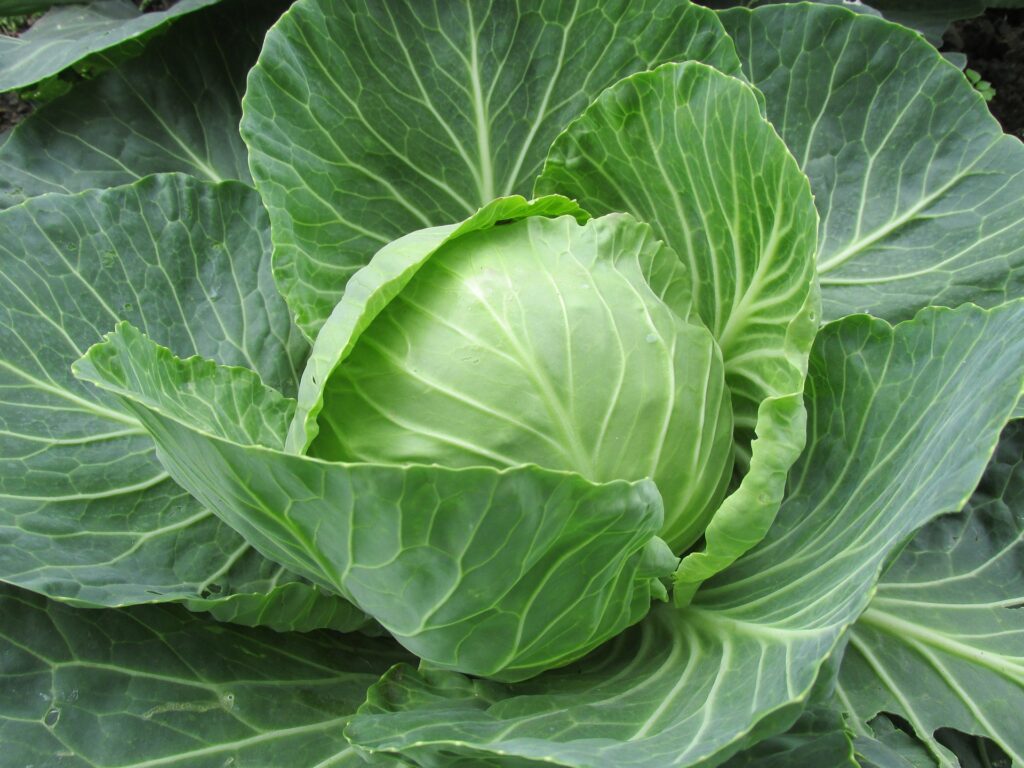
CABBAGE
Cabbage is often considered a flavorless vegetable, depending on how it’s cooked. For a tangy stir fry, it can be shredded in a crunchy slaw or sautéed with onions and carrots. Cabbage is also easily fermented and pickled, making it a fun vegetable to experiment with in the kitchen.
How to grow: Cabbage heads mature in 70-90 days, so either buy them as starter sizes or plant seeds indoors in early spring. Transplant them into a full-sun spot after the last frost, keep the soil evenly moist, and fertilize them regularly (cabbage are heavy feeders). Harvest the heads at full maturity or when young if storing them for later.
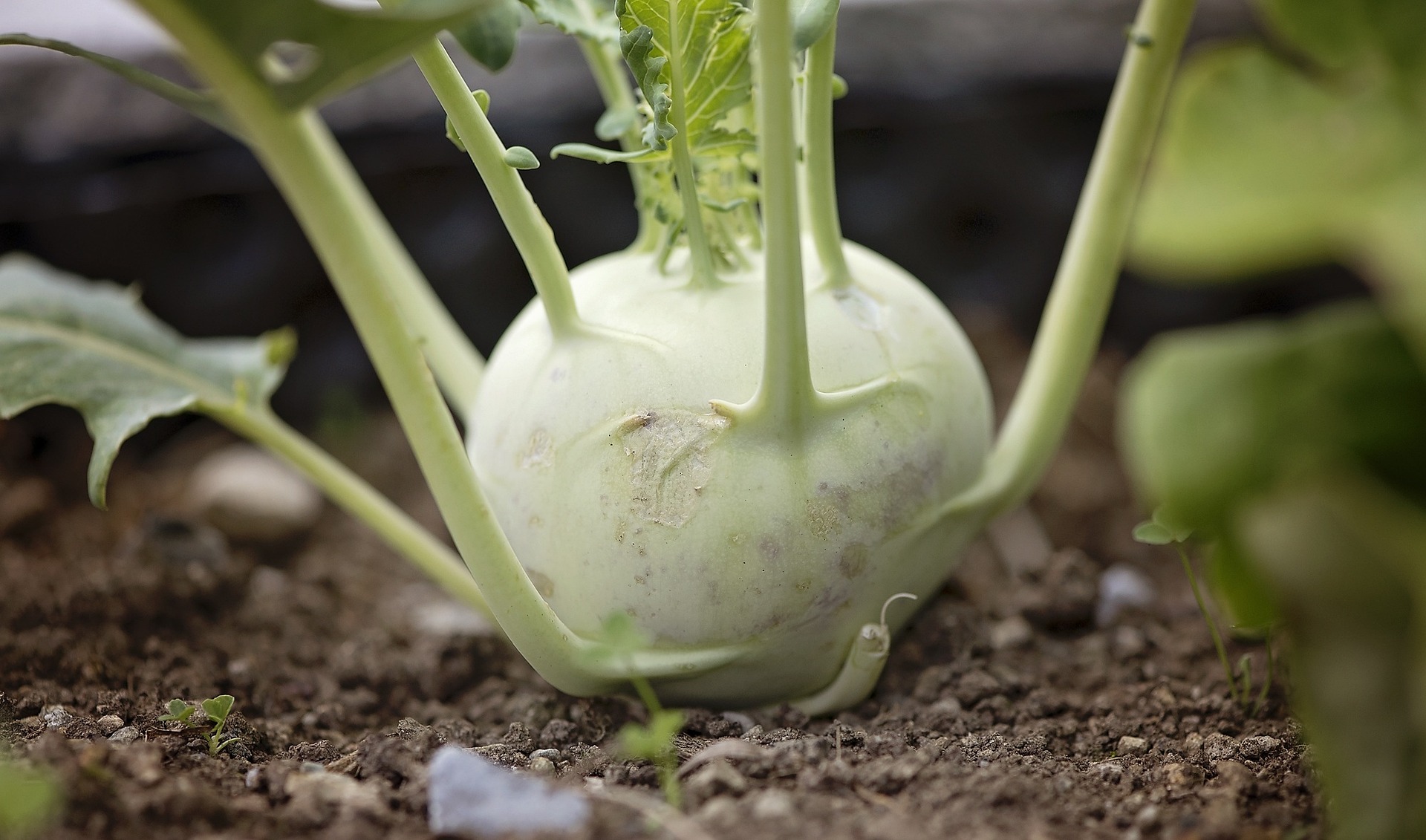
KOHLRABI
A lesser-known cabbage relative, kohlrabi is a delicious yet underutilized vegetable that tastes like a mix of cucumber and broccoli with a hint of radish. Kohlrabi can be used in various ways, including baking them to make healthy french fries, steaming and mashing them with potatoes, or eating them raw with dipping sauce.
How to grow: Kohlrabi prefers cooler environments, so plant in an area with morning sun and afternoon shade. Most varieties mature around 45 days, though some take twice as long. Keep soil moist and fertilize regularly for optimal yields. Harvest once roots reach a diameter of two-to-three inches or before the fruit reaches baseball size (unless it’s a “giant” variety).
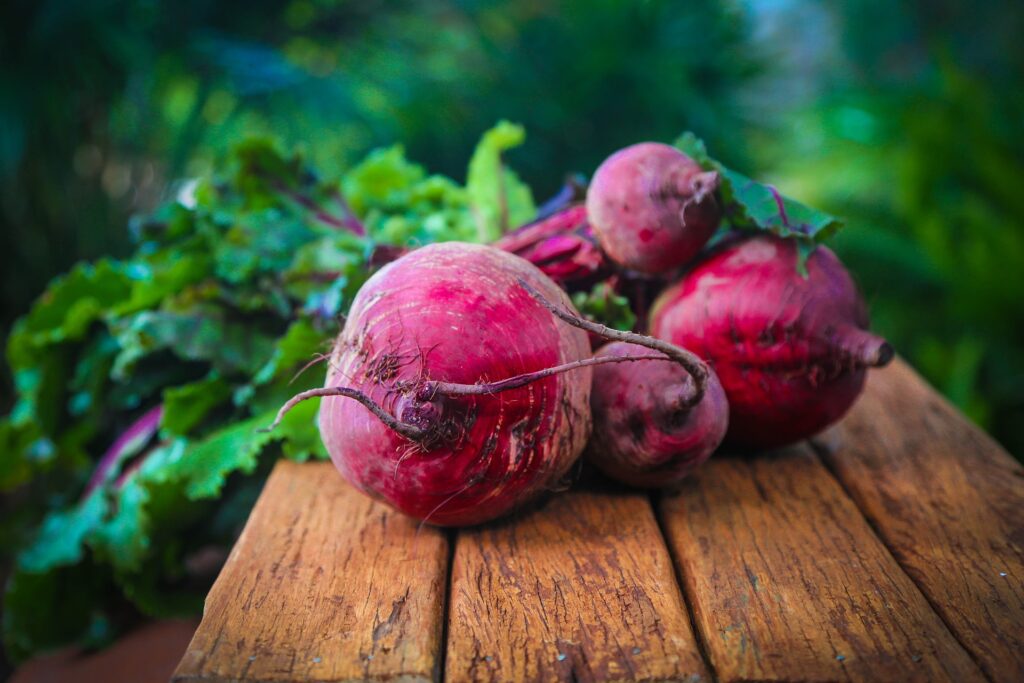
BEETS
Beets are an incredibly versatile vegetable and can be enjoyed in the summer and fall. Try boiling them and tossing them in a salad with walnuts, goat cheese, and balsamic dressing, or roasting them on a pan with carrots, potatoes, and onions, then topping them with a fried egg or meat.
How to grow: Beets mature at around 50 days and should be direct-sowed in the garden a few weeks before the last frost. Grow in full sun and keep the soil fertile and well-watered, then harvest once the roots reach their desired size.
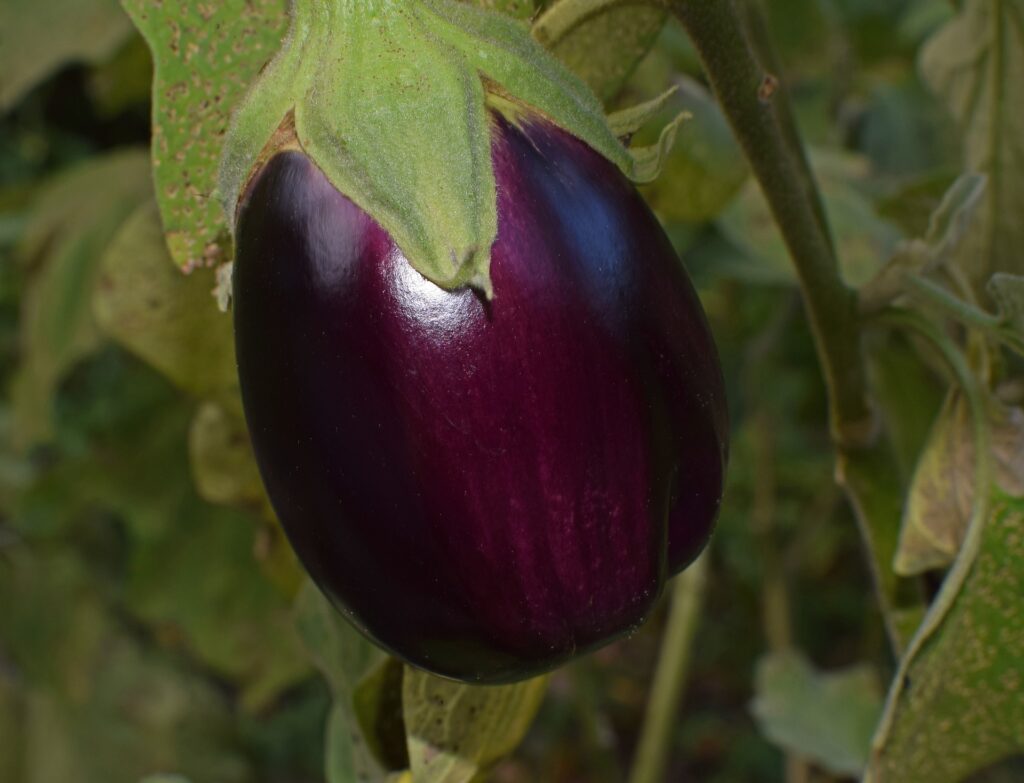
EGGPLANT
Eggplant may be a vegetarian’s go-to meat substitute, but it tends to be forgotten by others. Eggplants are easily grilled, making a great addition to skewers. They can be filled with ground beef, tomatoes, portobello mushrooms, mozzarella, and parmesan for a twist on the traditional eggplant parmesan dish.
How to grow: Eggplants take 60-70 days to mature. Start from seed indoors in the spring or purchase them as starter plants, then transplant them into the garden after the last frost. Plant in full sun, keep the soil moist and fertilize regularly. Stake them to help the fruits grow straight, and harvest once they reach their desired size.
Support Northern Colorado Journalism
Show your support for North Forty News by helping us produce more content. It's a kind and simple gesture that will help us continue to bring more content to you.
BONUS - Donors get a link in their receipt to sign up for our once-per-week instant text messaging alert. Get your e-copy of North Forty News the moment it is released!
Click to Donate
